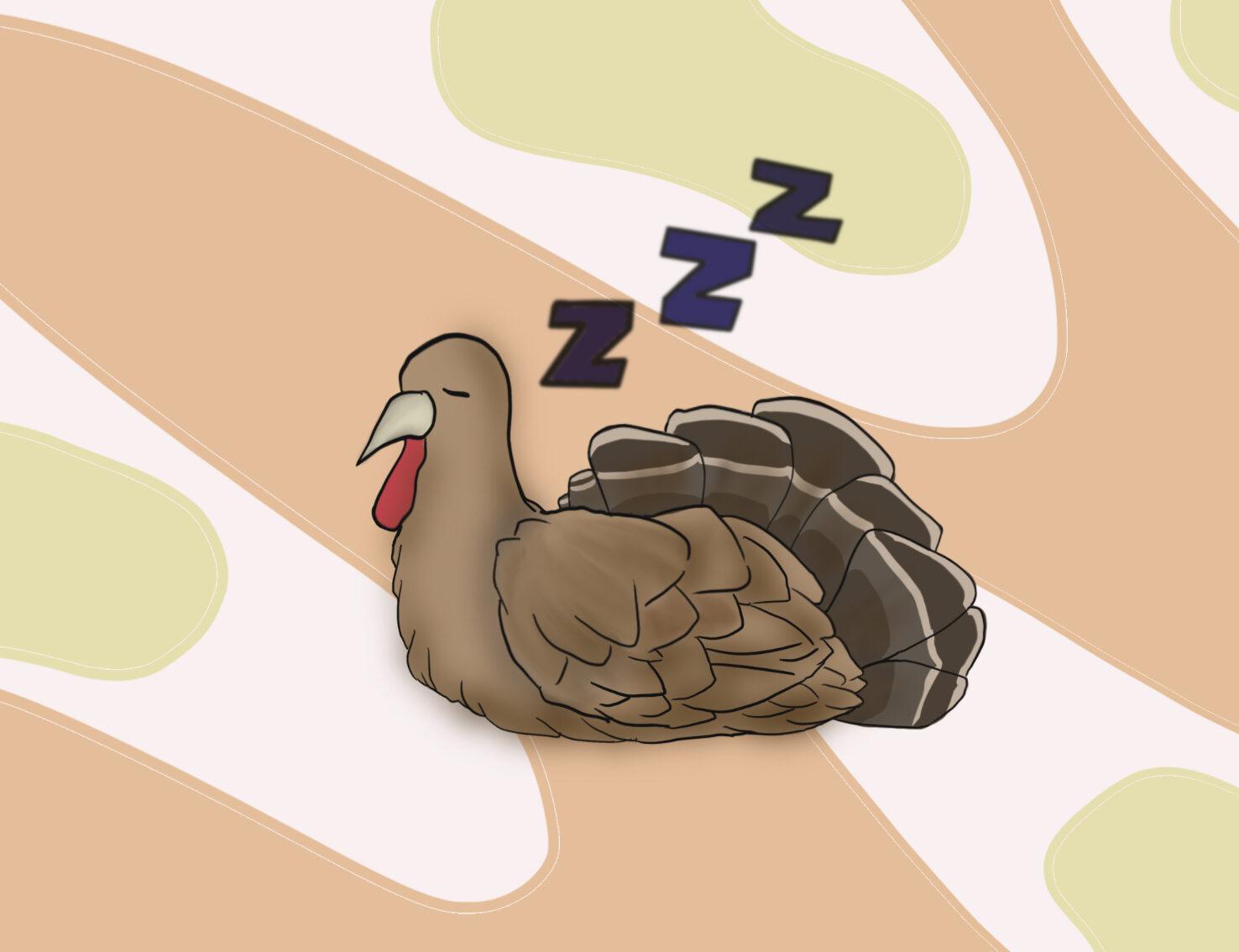Rates of burnout in teens and adults have been increasing within the past decade, with numbers only continuing to rise as a result of the COVID-19 pandemic. Defined as the presentation of three main symptoms – feelings of exhaustion, mental distancing from work, and feelings of negativity or cynicism – burnout can come from a multitude of factors and has physical impacts on the body and brain.
The modern understanding of burnout is attributed to Herbet Freudenberger, who in 1970, labeled burnout as these three characteristics. Burnout is typically caused when the stress of the workload overwhelms a person’s ability to cope with it. This often comes in the form of an individual feeling as though the stress outweighs the benefits of their tasks. The syndrome can also occur as a result of an imbalance between work and outside life.

Recent surveys have found that burnout rates have skyrocketed, especially in industrialized countries. In research by Gallup, it was reported that 2.7 million workers in Germany felt burnout. Similarly, in the United Kingdom, a 2013 survey of human resource directors found that 30% of employees in their organizations felt widespread burnout. In 2021, the APA’s Work and Well-Being Survey found that 71% of employees experienced negative work stress in the months before the survey. This phenomenon has proliferated in teens during the pandemic as well, with 44% of high school students surveyed reporting feelings of sadness and helplessness in data in 2021 from the CDC.
There has also been evidence that the brain structure is physically affected by burnout. The amygdala, the structure in the brain that is critical to control emotional reactions, is enlarged in groups of individuals that have experienced burnout. This is evidence that those with burnout can have more difficulty moderating emotional responses, especially negative feelings. Furthermore, the APA’s study also reported that 44% of workers reported physical fatigue and 36% experienced cognitive weariness as a result of burnout.
Experiencing burnout is not atypical; more importantly, one must know how to deal with it. Some of the most popular methods to relieve burnout include expressing these feelings with trusted individuals, getting more sleep, engaging in relaxing activities like yoga and meditation to release tension, and practicing mindfulness. Burnout, especially with its proliferation, can be excruciating to deal with alone, so it’s always important to reach out in times of stress.
Works Cited:
Burnout and stress are everywhere Burnout and stress are everywhere. (2023). Retrieved 10 March 2023, from https://www.apa.org/monitor/2022/01/special-burnout-stress
Burnout and the Brain Burnout and the Brain. (2016). APS Observer, 29. Retrieved from https://www.psychologicalscience.org/observer/burnout-and-the-brain
Burnout: Symptoms and Signs Burnout: Symptoms and Signs. (2023). Retrieved 10 March 2023, from https://www.webmd.com/mental-health/burnout-symptoms-signs#:~:text=Burnout%20is%20a%20form%
Know the signs of job burnout Know the signs of job burnout. (2023). Retrieved 10 March 2023, from https://www.mayoclinic.org/healthy-lifestyle/adult-health/in-depth/burnout/art-20046642
New CDC Data illuminate youth mental health threats during the COVID-19 pandemic. (2022). Retrieved 10 March 2023, from https://www.cdc.gov/media/releases/2022/p0331-youth-mental-health-covid-19.html













